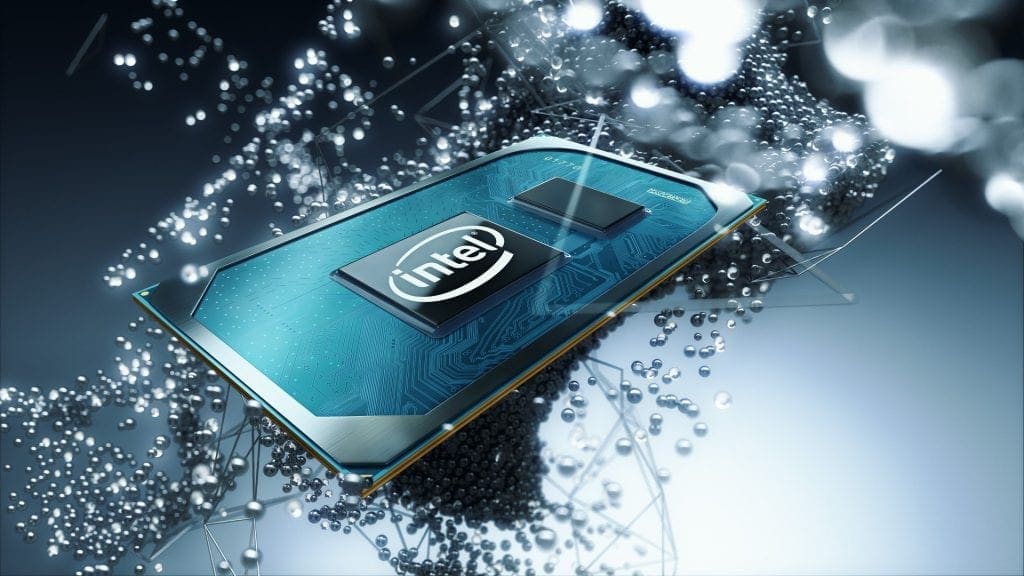Intel 11th Gen Rocket Lake Processors have been the talk of the tech town. And the tech giant has finally unwrapped a lot of these talks today.
Intel 11th Gen processors are not as much a shock as one may expect. Secrets have been out. Consumers know it. Reviewers have used it. And all of it before it has managed even to launch out. And the chips still have so much more to explore and understand.
What Is New With Intel 11th Gen?
Everything. Almost. The most crucial information is now out of the bag. And it includes the price, clock speed, performance, SKUs, or even other smaller features. The ones Intel has never used before with Intel 11th Gen’s predecessors.
14nm mode processor. This is the room’s elephant. Intel said about the chip that the performance increased from gen to gen. That too, only with a handful of architectural changes. It follows the Cypress Cove architecture combined with graphics of Tiger Lake and Ice Lake’s 10 to 14 nm nodes. It is a landmark for five years; Intel did not change the architecture of the desktop.
Frames per second for games are 8-14%. Core-i911900k is to blame for it, which compares to be better than the previous one. There is also an increase in processing time. This includes tasks in Microsoft Office, creating videos, or even tagging in photos. When it comes to videos, Intel’s 11th gen is 88% faster than the 10th gen. Hence, the new core could be compared to the older one, Ryzen 9 5950X.
The clock speed hasn’t changed. It’s still 3.5GHz. Out of the other processors, it is the highest clock speed we can get in Intel. The 10-20-thread core was ditched by Intel for an 8-16- thread core. DDR4-3200, as well as DDR4-2933 RAMs, are supported by the new Corei9.
The catch here is the higher prices than its predecessors.



